The Role of Siblings in At-Home ABA Therapy
How Siblings Enhance ABA Therapy for Children with Autism
Understanding the Importance of Sibling Involvement
Incorporating siblings into the ABA therapy process for children with autism can be both beneficial and transformative. Siblings offer unique emotional support and play a crucial role in modeling positive social behaviors, both of which are integral to a child’s developmental progress. This article explores various dimensions of sibling involvement, highlighting its benefits, challenges, and techniques for effective participation.
Siblings as Natural Role Models and Emotional Anchors
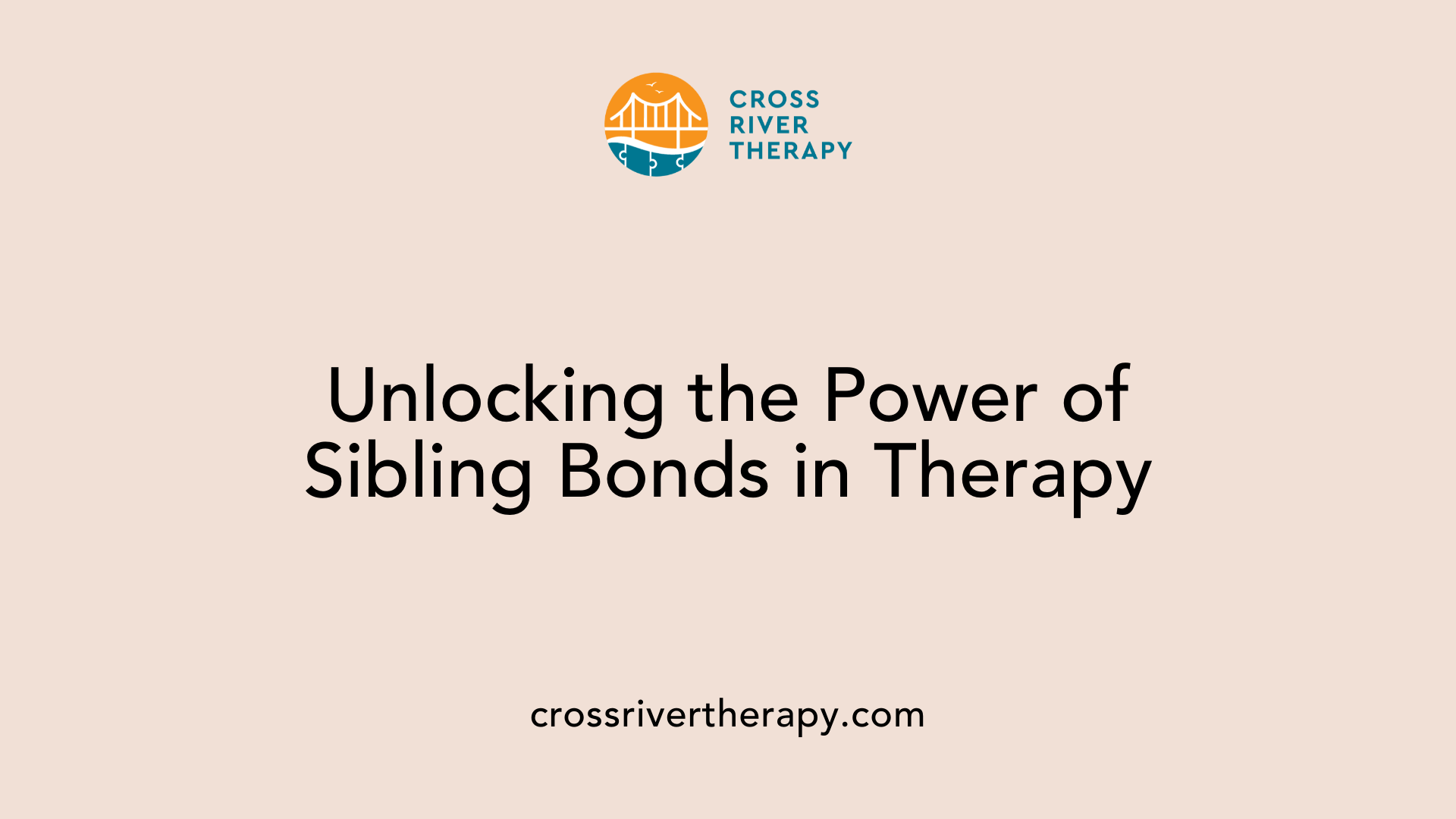
Role of siblings in ABA therapy
Siblings play a pivotal role in the success of Applied Behavior Analysis (ABA) therapy. They actively participate as role models, demonstrating positive behaviors that children undergoing therapy can observe and imitate. This interaction not only reinforces the skills learned during sessions but also provides real-life practice opportunities in a comfortable setting. The presence of a supportive sibling facilitates natural social interactions, which enriches the therapeutic experience.
Emotional support provided by siblings
The emotional landscape of siblings is equally significant. They offer vital emotional support to their brothers and sisters in therapy, providing encouragement and understanding that therapists may not be able to replicate. Open communication is essential for siblings to express their feelings, manage emotions like frustration or jealousy, and celebrate victories together. This shared experience can fortify relationships, ensuring that both the sibling and the child with autism feel valued.
Improvement of social skills
Research indicates that positive sibling dynamics lead to enhanced social skills and academic performance for children with autism. By engaging in shared activities and regularly communicating, siblings help their autistic brothers or sisters learn crucial skills, such as sharing and effective communication. This collaborative approach not only aids in the therapeutic journey but also cultivates a more compassionate family environment, where every member’s needs are acknowledged.
| Area of Impact | Role of Siblings | Outcomes |
|---|---|---|
| Emotional Support | Encourage and empathize with their sibling | Improved emotional well-being |
| Social Interaction | Facilitate practice of skills in real-life scenarios | Enhanced social skills and adaptations |
| Family Dynamics | Strengthen family bonds through shared experiences | A more cohesive family unit |
Unveiling the Benefits of Sibling Involvement
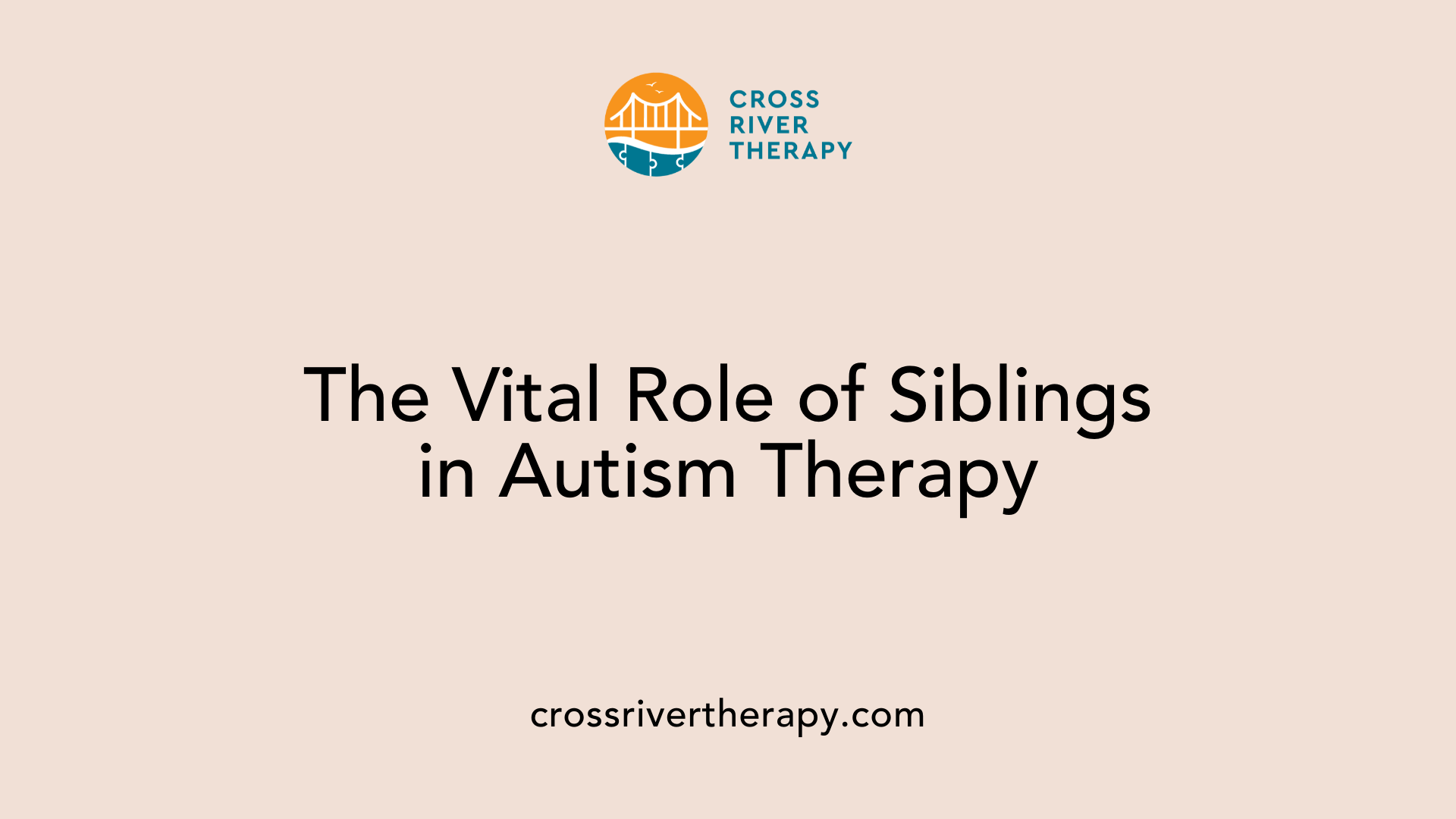
What are the emotional and practical benefits of sibling involvement in therapy for a child with autism?
Involving siblings in therapy for a child with autism can yield significant emotional and practical benefits. Sibling relationships serve as crucial platforms for practicing social skills and developing empathy. This involvement enhances social interactions both within and outside the family, allowing siblings to encourage each other in ways that other support systems might not.
Active participation in therapy sessions enables siblings to motivate and support one another, fostering a deeper emotional connection and collaborative learning environment. They observe and imitate positive behaviors, acting as role models that reinforce the skills learned in therapy. This process also helps cultivate essential communication and conflict resolution skills, contributing to the overall quality of sibling relationships.
Additionally, addressing the emotional dynamics of the family—such as managing feelings of frustration or jealousy—can lead to better mental health outcomes for all members. By doing so, siblings become an integral part of the therapeutic journey, enhancing the overall effectiveness of the treatment as well as promoting a family-centered approach that empowers each member in the child's development.
Navigating Challenges Faced by Siblings
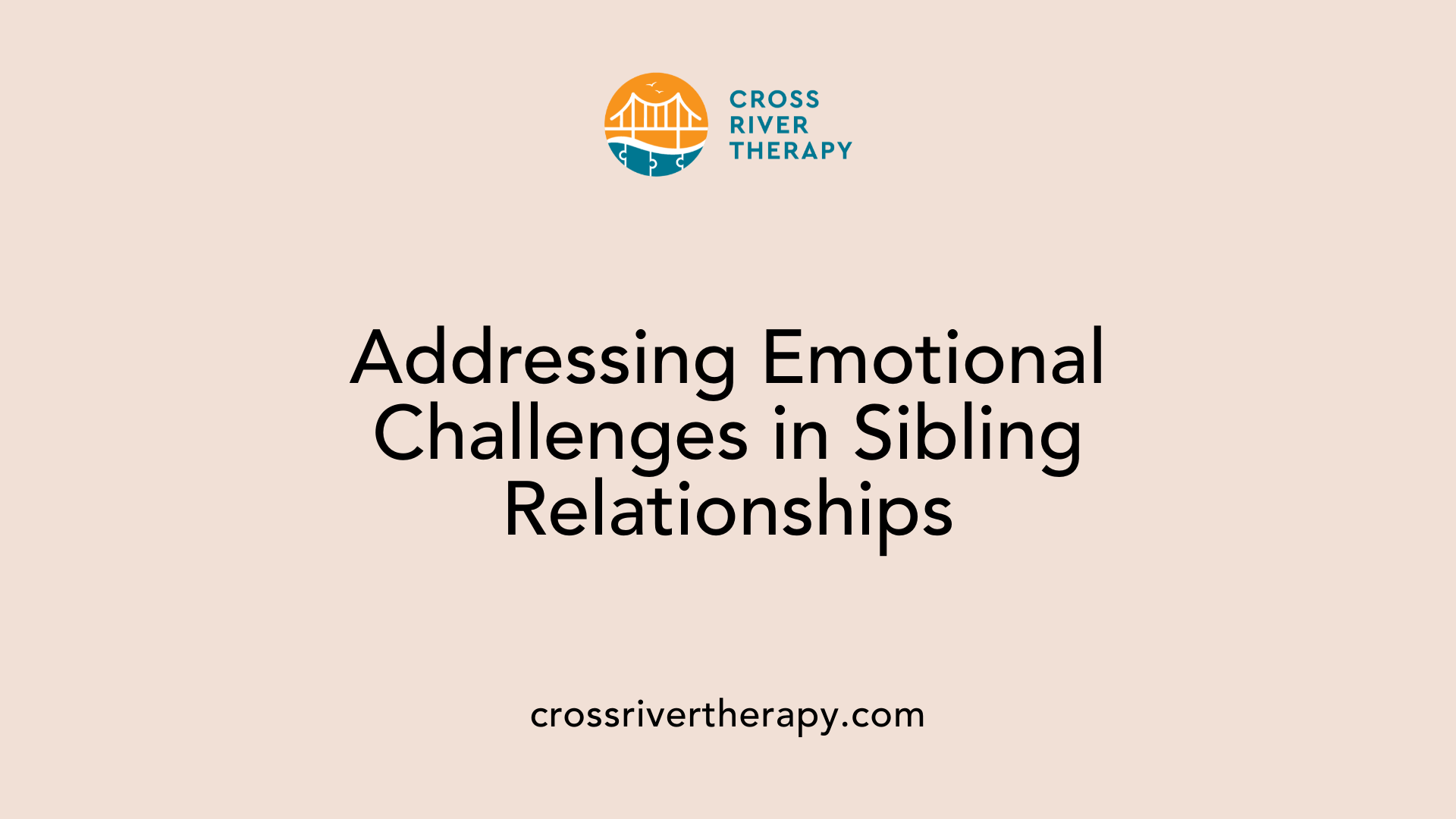
Emotional challenges like jealousy and embarrassment
Siblings of children with autism may experience a complex range of emotions, including jealousy and embarrassment. The attention given to the child undergoing ABA therapy can lead to feelings of neglect among siblings, as they might perceive a shift in family dynamics. It's not uncommon for siblings to feel resentment or confusion regarding their roles, particularly when they are tasked with understanding their sibling's unique challenges.
Education and communication strategies for families
To help siblings navigate these emotional hurdles, education about autism and ABA therapy is crucial. This not only fosters empathy but also allows siblings to feel more included in the therapeutic process. Families should prioritize open communication, encouraging siblings to share their thoughts and feelings without fear of judgment.
Utilizing frameworks like Happy, Relaxed, Engaged (HRE) can guide families in creating positive interactions. Moreover, teaching siblings simple ABA techniques can empower them to reinforce the strategies used in therapy. Setting clear boundaries and consistent reinforcement strategies will further promote cooperative behaviors among siblings, strengthening relationships within the family unit.
Tips for Supporting Siblings
| Strategy | Description | Benefit |
|---|---|---|
| Involve siblings in therapy | Encourage active participation in sessions. | Enhances understanding and camaraderie. |
| Promote shared family activities | Organize regular activities that include all siblings. | Fosters bonding and empathy. |
| Celebrate achievements | Recognize both small and large steps in therapy. | Creates a positive reinforcement cycle. |
| Open communication | Encourage siblings to express their emotions openly. | Prevents resentment and builds trust. |
By addressing these complexities and actively involving siblings, families can improve the overall therapeutic experience for everyone involved.
Strategies for Effective Sibling Participation
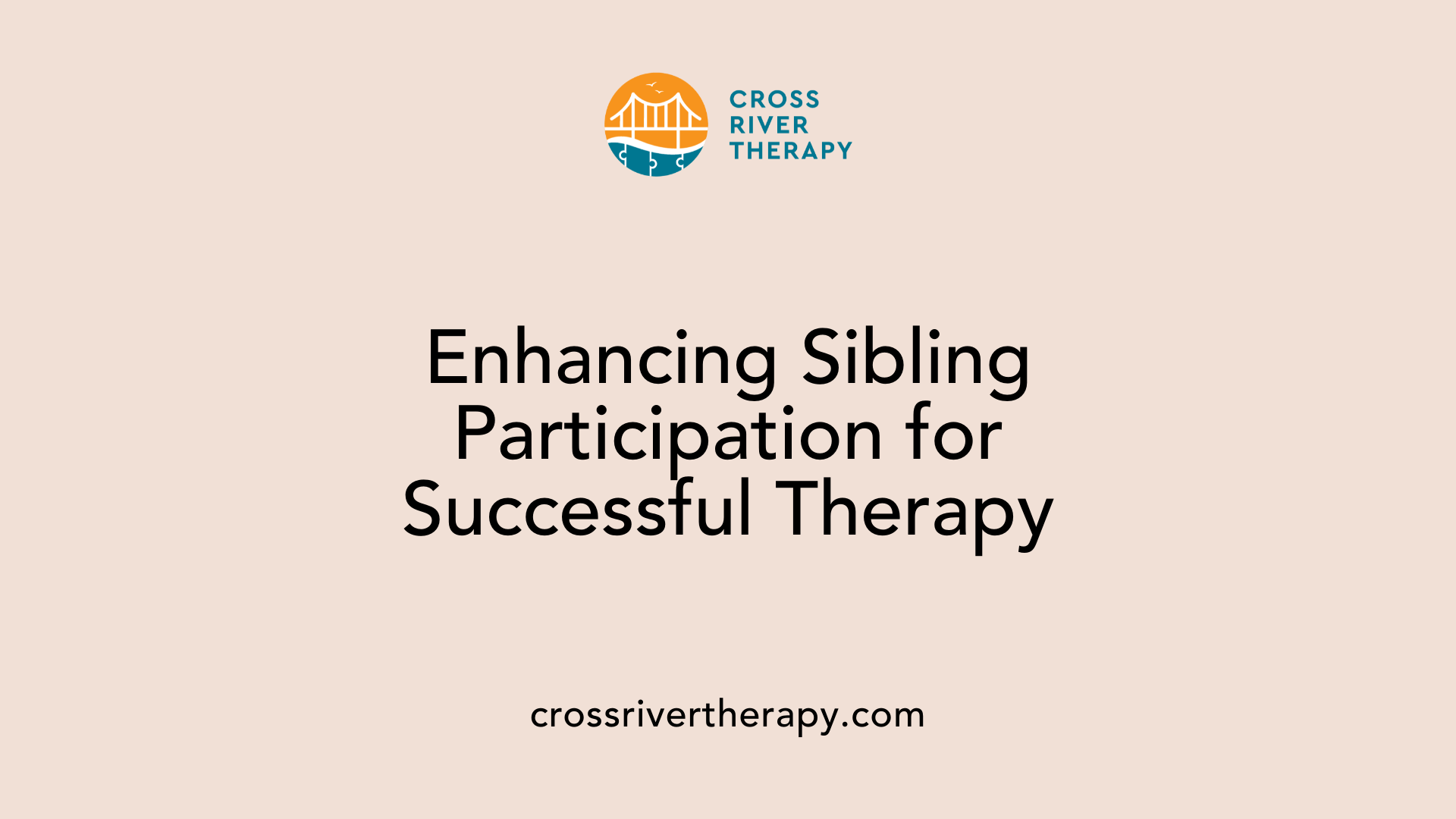
How can siblings effectively participate in ABA therapy sessions?
Siblings can play an active role in ABA therapy sessions through a variety of structured activities tailored to enhance communication and teamwork. Incorporating game-based learning, such as role-playing scenarios, provides a fun way to encourage siblings to articulate their thoughts and feelings. These activities not only promote understanding but also strengthen their relational bonds.
Activities like team-building exercises and shared crafts encourage cooperation and creativity, fostering positive interactions between the siblings. Participating in bonding activities, such as family game nights or collaborative chores, can help reduce conflicts and increase emotional support among siblings.
It's also beneficial for siblings to engage in active listening games, where they practice understanding and responding to each other's viewpoints. This approach nurtures empathy and teaches conflict resolution techniques in a safe environment, ultimately leading to healthier family dynamics.
To further enhance the bond, families are encouraged to create regular opportunities for siblings to express their feelings about the therapy process. This openness helps address complex emotions like pride and jealousy, ensuring that all siblings feel valued and supported in their roles. Celebrate each small achievement in therapy together to cultivate a positive atmosphere that nurtures each sibling’s growth.
The Impact of Positive Sibling Interactions
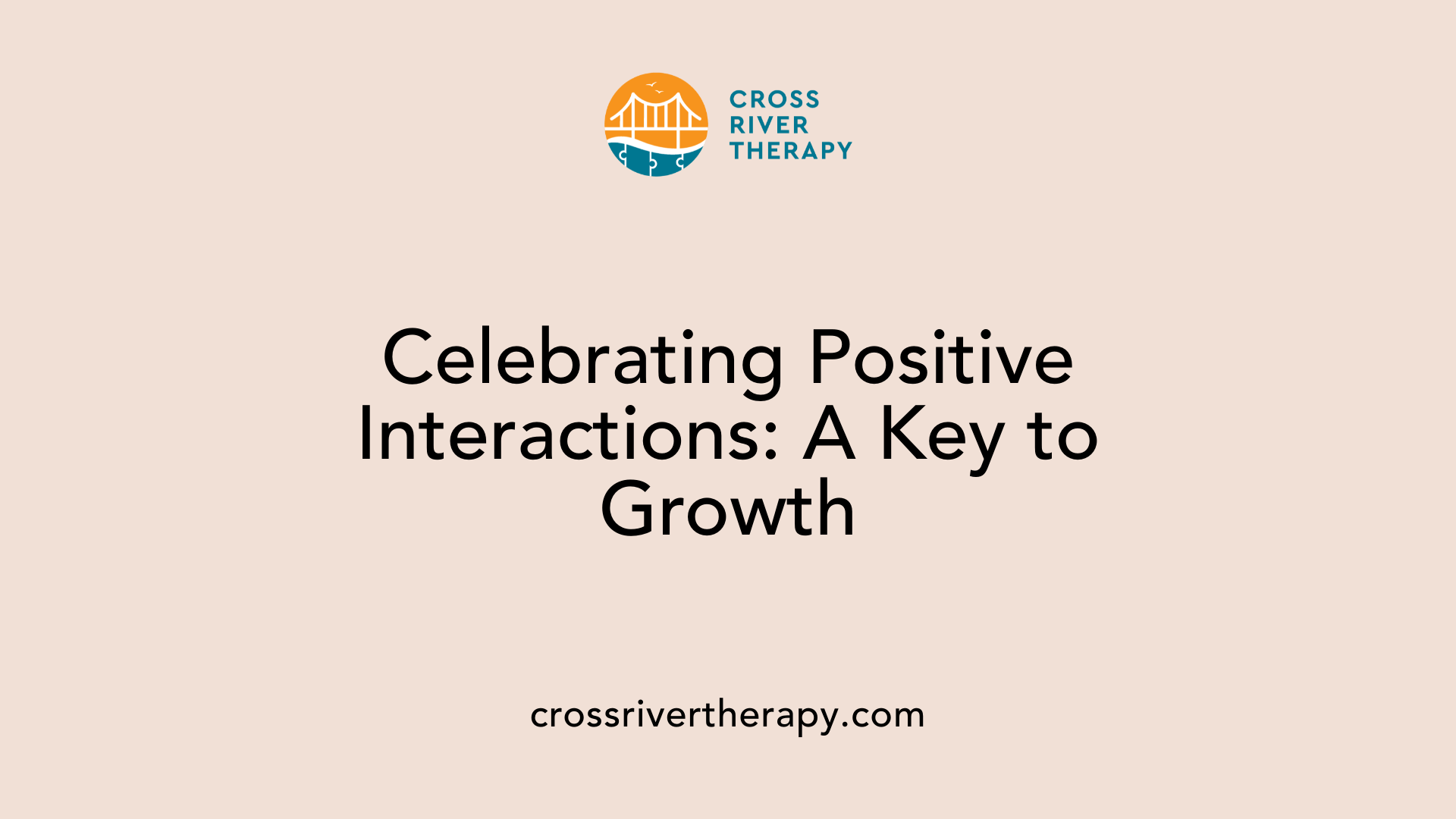
Supportive sibling relationships
Sibling involvement in ABA therapy offers invaluable emotional support, significantly enhancing the therapeutic process for children with autism. By empathizing with their siblings, they encourage behaviors in ways that therapists may find challenging to replicate. This supportive atmosphere enables children to experience therapy in a familiar setting, allowing for more organic social interactions and the practice of learned skills.
Moreover, siblings serve as peer role models during therapy sessions. They provide opportunities for their siblings to observe and imitate positive behaviors, promoting effective skill acquisition and emotional reinforcement. Celebrating small achievements together fosters a sense of teamwork and encourages continued support for each other’s growth.
Social engagement improvements through interactions
Research indicates that positive sibling interactions can lead to improved social skills and better academic outcomes for children with autism. Involving siblings in ABA therapy ensures that therapeutic concepts are reinforced in daily life, aiding the transfer of learned skills to everyday situations. With regular family involvement, strategies learned during therapy can be consistently applied at home.
However, challenges may arise, such as feelings of jealousy or confusion about roles. Open communication and active listening are essential in addressing these emotional complexities. Encouraging shared family activities and understanding each sibling's unique needs fosters stronger bonds, ultimately benefiting both the child with autism and their siblings.
Weakened sibling dynamics can impact a child's development; hence, recognizing and nurturing the role siblings play is critical in the therapy process.
Fostering Positive and Supportive Family Dynamics
Techniques for Improving Sibling Relationships
Sibling involvement significantly enhances the therapy experience for children with autism. Here are some techniques to improve these relationships:
- Active Involvement: Including siblings in therapy sessions allows them to understand the goals and methods being used. This participation fosters empathy and strengthens family bonds.
- Shared Activities: Engaging in consistent family activities can help siblings develop stronger connections and enjoy shared experiences, aiding emotional support during therapy.
- Open Communication: Establish regular family meetings to discuss feelings and achievements. This practice encourages siblings to express their emotions and concerns safely.
- Role Modeling: Encourage siblings to demonstrate social skills and positive behaviors, allowing their autistic siblings to observe and imitate these actions.
Managing Family Dynamics in Autism Therapy
The guidance for managing family dynamics emphasizes the significance of communication and education in building a supportive environment:
- Education on ASD and ABA: Providing information about autism spectrum disorder (ASD) and Applied Behavior Analysis (ABA) helps all family members understand the therapy process better. This knowledge can bridge gaps in understanding and foster cooperation.
- Therapeutic Techniques: Methods like ABA, Cognitive Behavioral Therapy (CBT), and Family Systems Therapy can be beneficial. These techniques enhance relationships and coping strategies among family members.
- Addressing Emotions: It’s crucial to acknowledge and validate the feelings siblings may experience—like pride and jealousy—encouraging an atmosphere where every family member feels valued.
Overall, nurturing the bonds within the family through understanding and shared experiences can lead to positive outcomes for both the sibling and the child with autism.
Conclusion: The Integral Role of Siblings
Siblings hold an indispensable place in the journey of ABA therapy, offering emotional, social, and practical support to their autistic siblings. By understanding the challenges and employing effective participation strategies, families can foster a nurturing environment where every member feels valued and connected. As siblings navigate their roles, they contribute not only to the therapeutic outcomes but also to creating enduring familial bonds that set the stage for a lifetime of mutual support and understanding.
References
- ABA Therapy Near me: Supporting Siblings in Treatment
- The Role of Family in ABA Therapy Success: Engaging Parents and ...
- Unit 23: ABA for School Readiness: The Role of Siblings and Peers
- Empowering Siblings in the ABA Therapy Journey - Brightside ABA
- A Guide for ABA Professionals to Navigate Challenging Behavior ...
- Considerations For Sibling Involvement In Your Child's ABA Program
- Unit 23: ABA for School Readiness: The Role of Siblings and Peers



